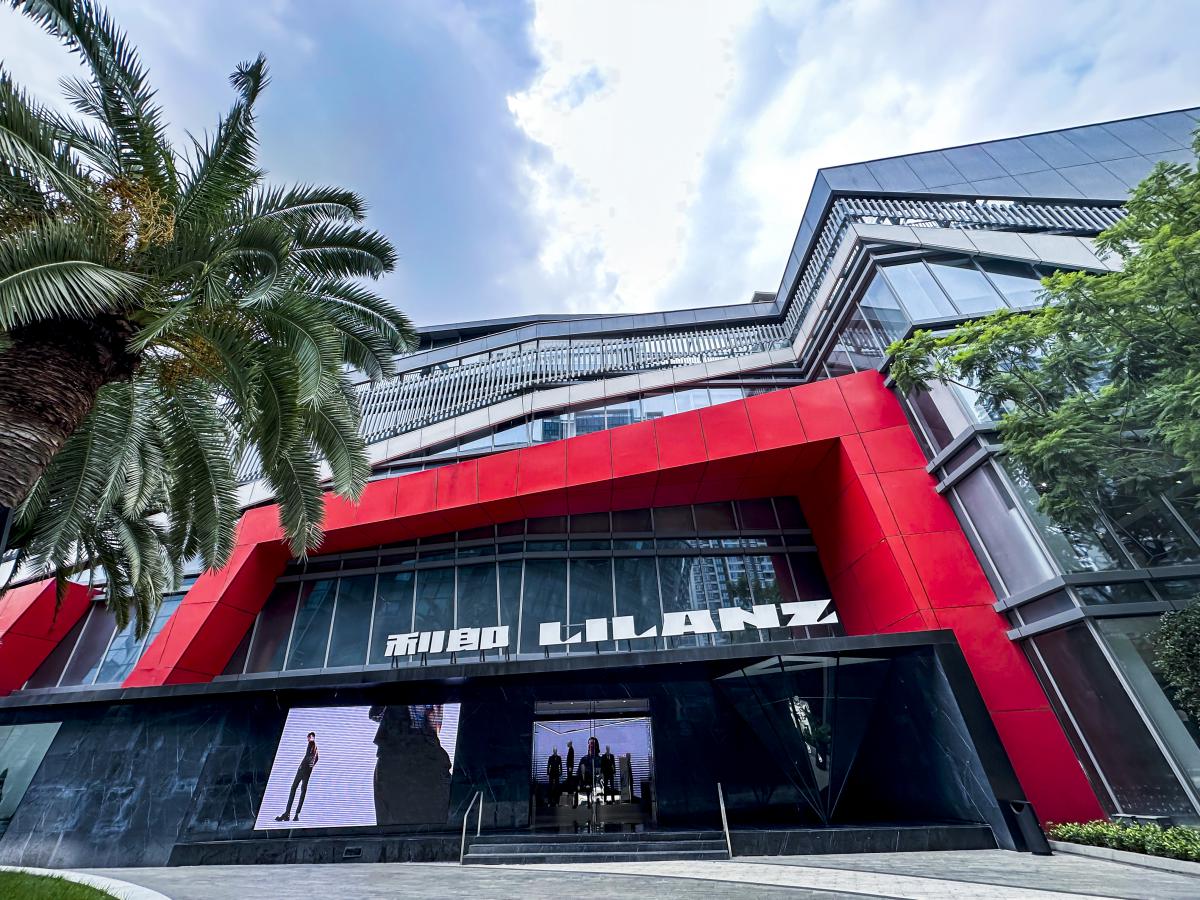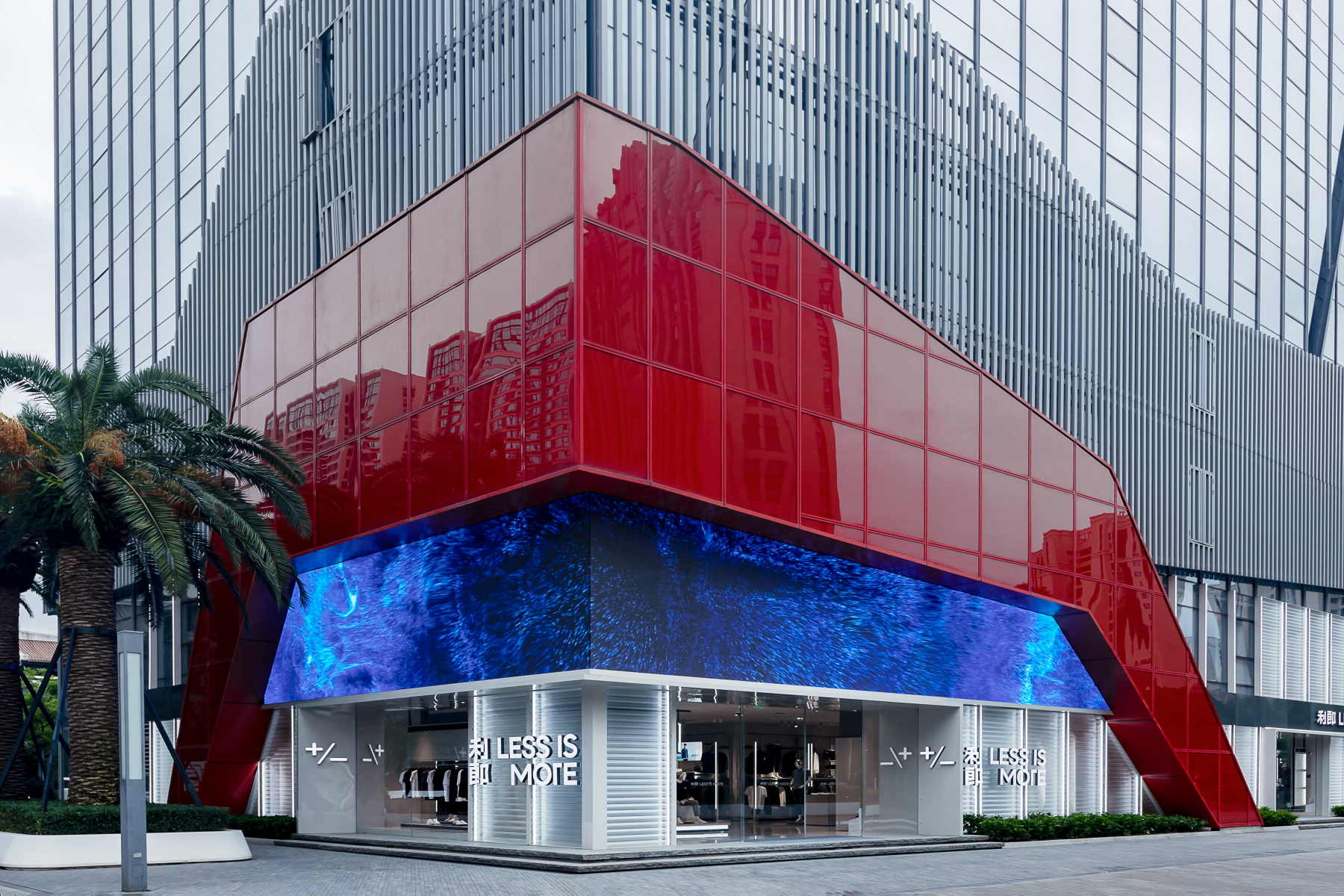On the afternoon of August 12, Chinese menswear group Lilanz (China Lilang Ltd., stock code: HK1234), listed in Hong Kong, released its 2025 interim financial results: revenue rose 7.9% year-on-year to RMB 1.727 billion [approx. USD 237 million], gross profit increased 8.4% to RMB 868 million [approx. USD 119 million], and gross profit margin edged up by 0.2 percentage points to 50.2%, remaining steadily above the 50% mark.
Thanks to the group’s sound financial footing and strong cash flow, the Board of Directors declared an interim dividend of HK$0.11 per share and a special interim dividend of HK$0.05 per share, maintaining a stable payout ratio.
Amidst a complex external environment and increasingly cautious domestic consumption, Lilanz has once again demonstrated notable resilience and strategic focus.
Of particular note, this financial report clearly outlines the latest roadmap for Lilanz’s strategic transformation. Following comprehensive upgrades in product, brand, and channels in recent years, the company is now firmly advancing into a new stage of reform with a focus on the DTC (Direct-to-Consumer) model and its “multi-brand, internationalization” strategy.
Through this newly released financial report, Luxe.CO highlights three key dimensions to understand how Lilanz is building momentum for future growth amid the new wave of transformation:
-
Accelerating the Implementation of the “Multi-Brand, Internationalization” Strategy to Unlock New Growth Opportunities
-
Deepening the DTC Transformation, with Initial Results from Channel Reform
-
Driving Growth through Dual Engines of New Retail and Product Innovation
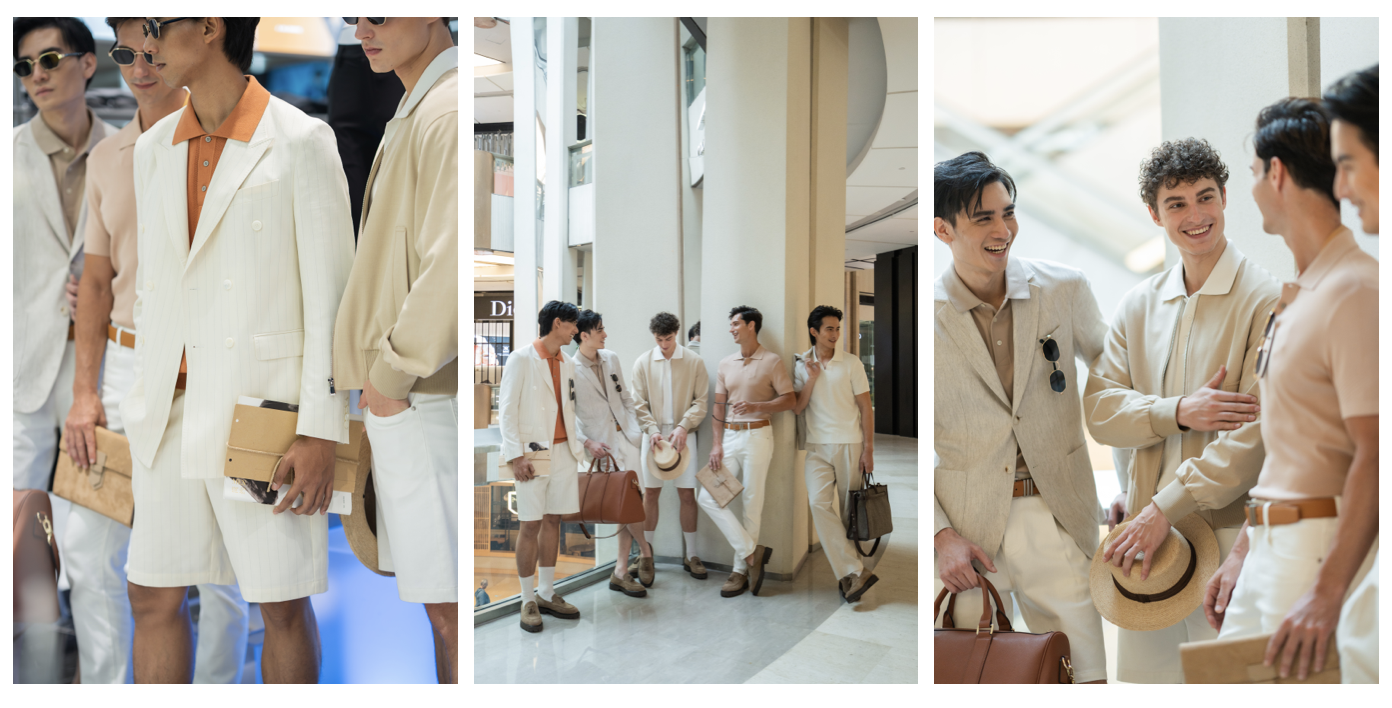
Accelerating the Implementation of the “Multi-Brand, Internationalization” Strategy to Unlock New Growth Opportunities
While consolidating its foundation in the domestic market, Lilanz made significant strides in executing its “multi-brand and internationalization” strategy during the first half of 2025, transitioning from strategic planning to tangible business deployment.
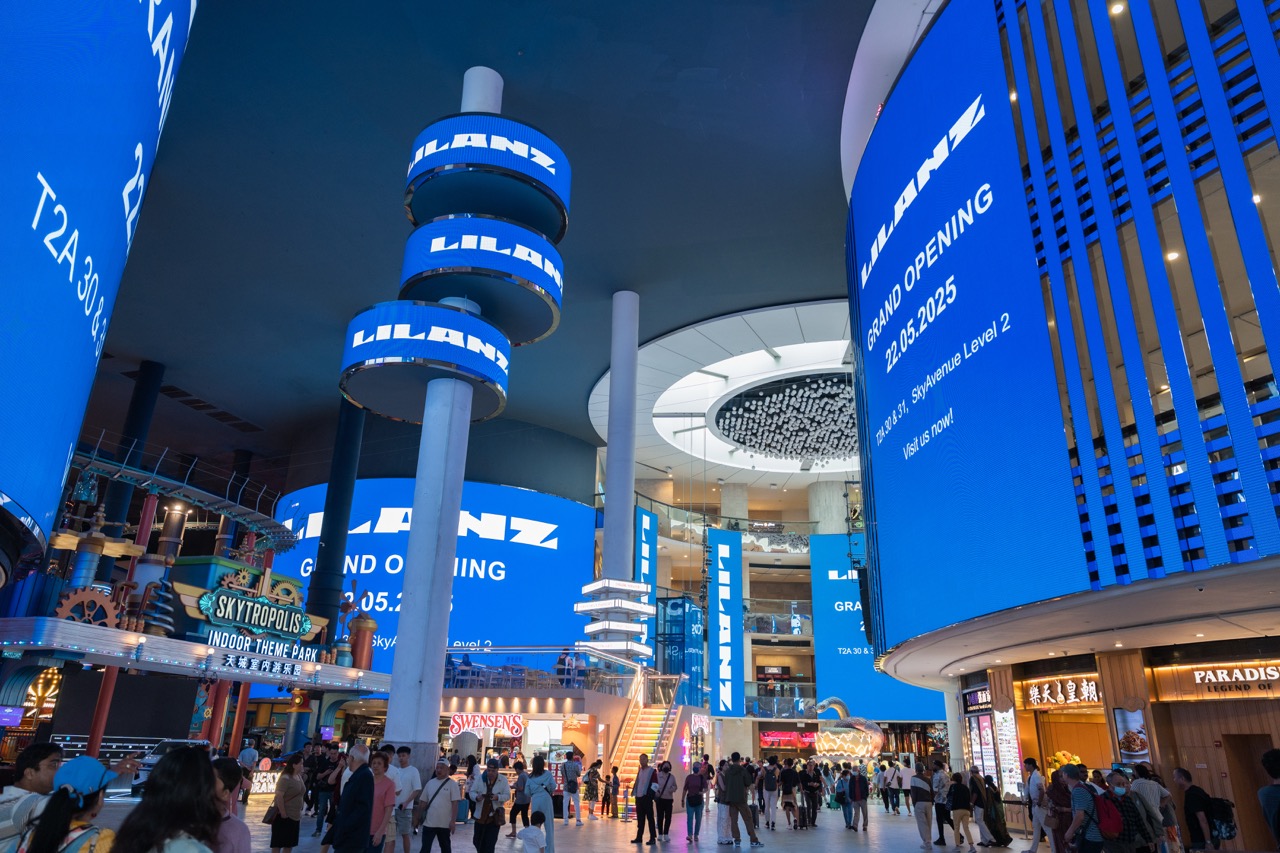
In May 2025, Lilanz opened its first overseas store at SkyAvenue in Resorts World Genting, Malaysia, offering its core product line. This milestone marks the brand’s official entry into the global arena after years of solid development in the Chinese Mainland. The group plans to use the Southeast Asian market as a starting point to gradually build a global operational network.
According to the financial report, Lilanz will open more stores in Malaysia in the second half of the year to further penetrate the local market. At the same time, it will actively prepare for expansion into other Southeast Asian countries.
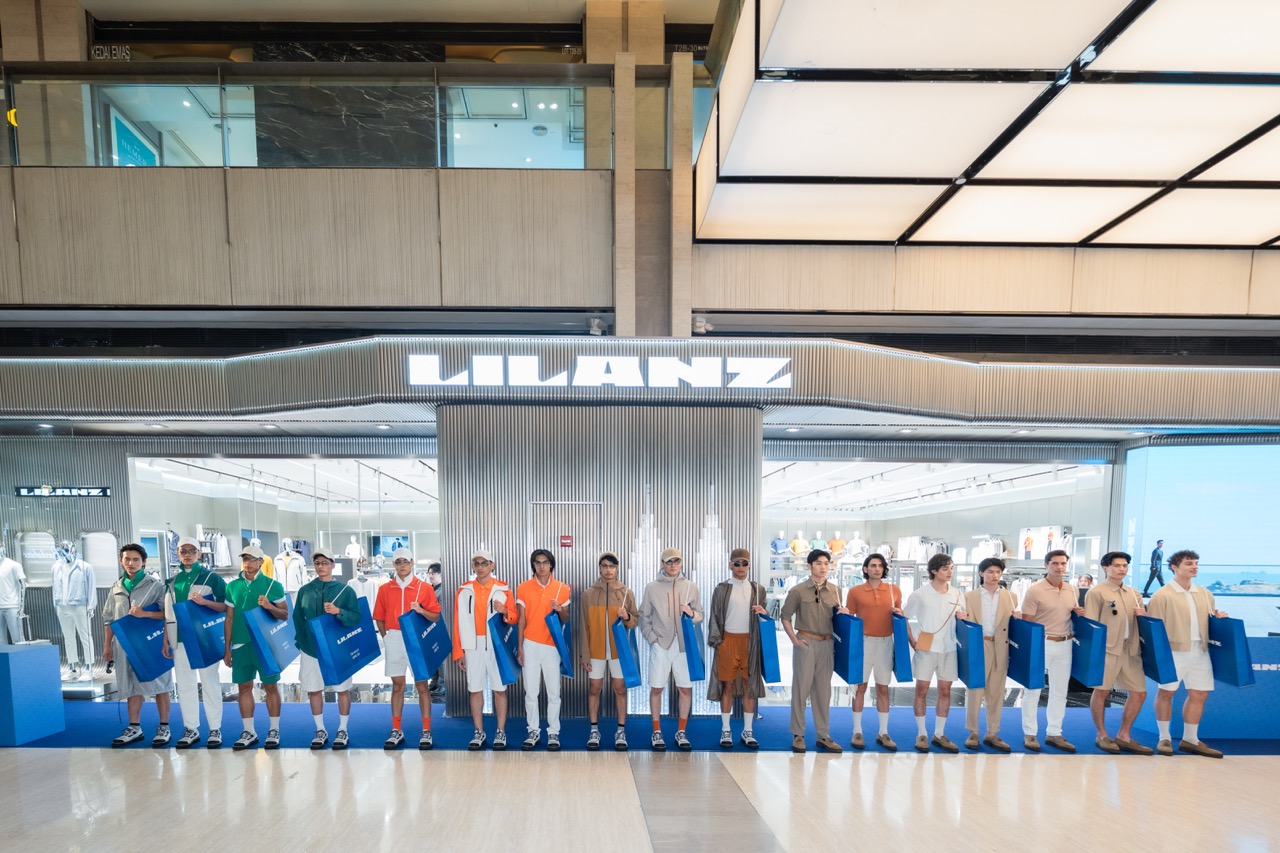
Additionally, as a key component of its multi-brand strategy, the group successfully launched its joint venture with globally renowned golf apparel brand MUNSINGWEAR in the first half of the year, beginning with online sales. In response to positive market feedback, MUNSINGWEAR plans to open its first physical stores in the second half of the year, potentially creating a new growth driver for the group.
In fact, ahead of the earnings release, MUNSINGWEAR’s first store in China officially opened in early August at Chengdu SKP and is currently in trial operation.
As a core initiative under Lilanz’s multi-brand strategy, MUNSINGWEAR will continue to focus on product development in the second half of the year to meet the rising demands of China’s new middle class for personalized, functional, and sustainable fashion.
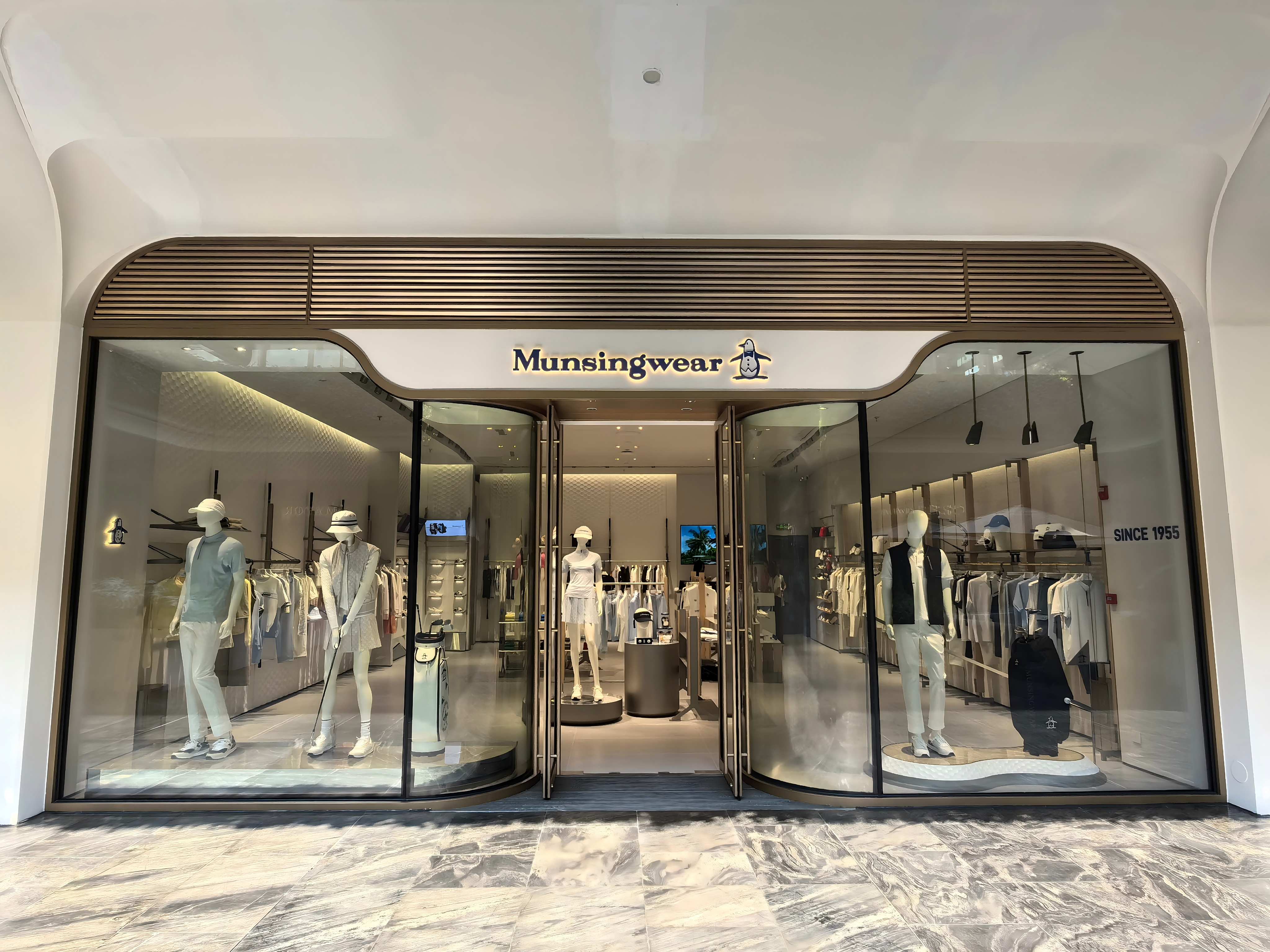
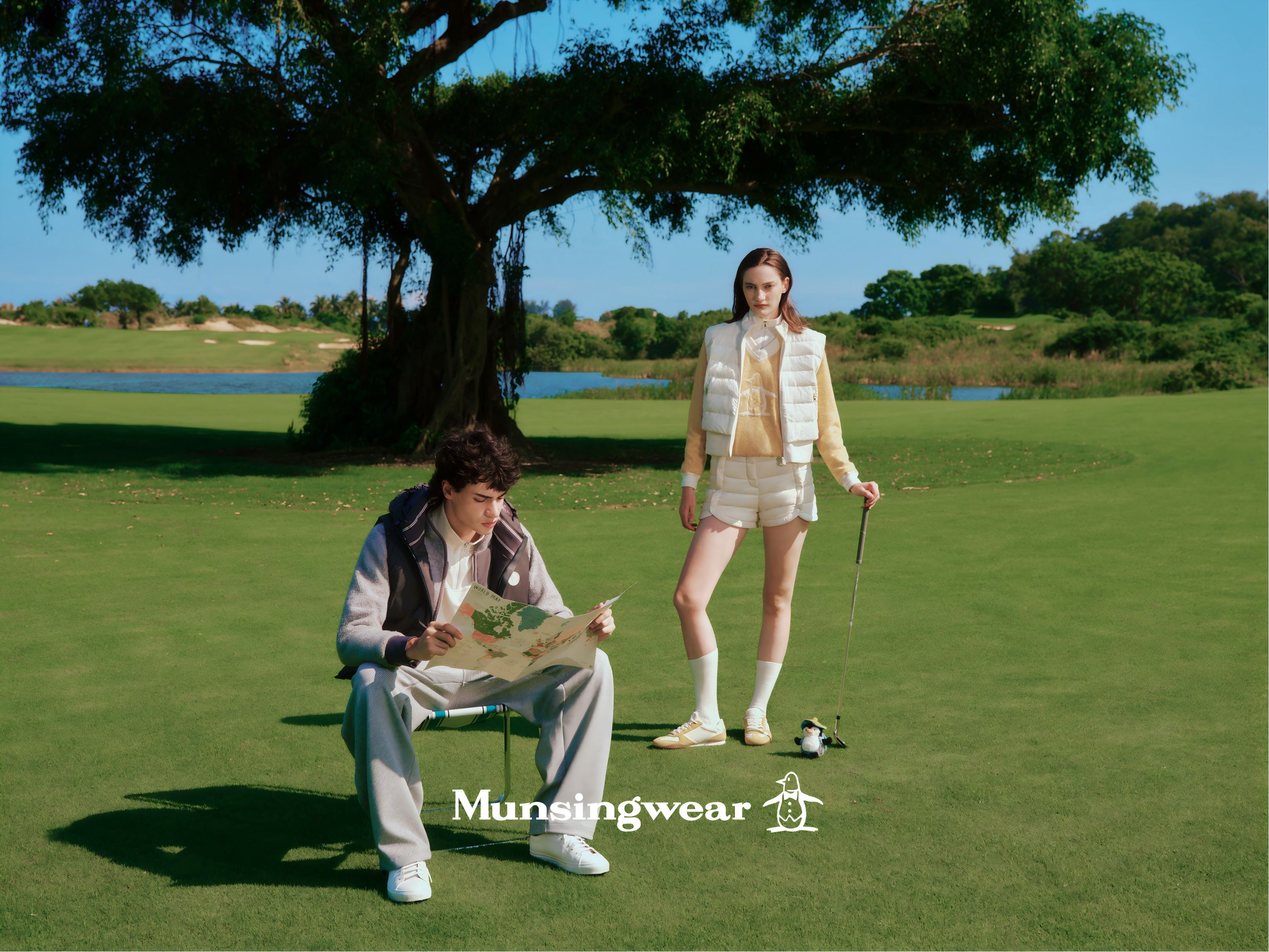
Deepening the DTC Transformation: Channel Reform Showing Initial Results
Channel reform has been one of Lilanz’s core strategic priorities in recent years. After piloting the DTC model in selected regions and seeing significant improvements, the company decisively advanced the reform into “deeper waters” in the first half of 2025.
— Experience from the Light Business Line Feeds Back into the Main Line
Lilanz operates two brand lines: the main LILANZ line and the LESS IS MORE youth business line (also referred to as the “youth business” or “light business” line). The main line primarily targets consumers aged 25–45, enjoying strong popularity in lower-tier cities, while gradually expanding into tier-1 and tier-2 markets. The youth business line, on the other hand, is positioned for urban consumers aged 20–30 in tier-1 and tier-2 markets.
In the first half of 2025, driven by both store sales and new retail, the LESS IS MORE light business line surged 31.8% year-on-year to RMB 536.6 million [approx. USD 74 million], contributing more than 30% of group revenue for the first time, reaching 31.1%.
Encouraged by the strong growth of the light business line, the main line is now drawing on its success with a fully direct-operated model to reform its traditional business model. While maintaining close cooperation with distributors, the main line is selectively rolling out the DTC model in regional markets, replacing the traditional distributor-led approach.

— From Pilot to Rollout: Successful Validation in Pioneering Regions
According to the financial report, the effectiveness of the DTC model has already been validated in early-adopter regions such as Northeast China. In the first half of the year, the group further acquired the business operations of first-tier distributors in Shandong Province and Chongqing, continuing its DTC transition.
The group stated that in the second half of the year, it will continue to advance the transformation. The main line will further leverage the DTC model’s operational advantages in Northeast China, Jiangsu Province, Shandong Province, and Chongqing, with plans to moderately expand scale depending on local market conditions.
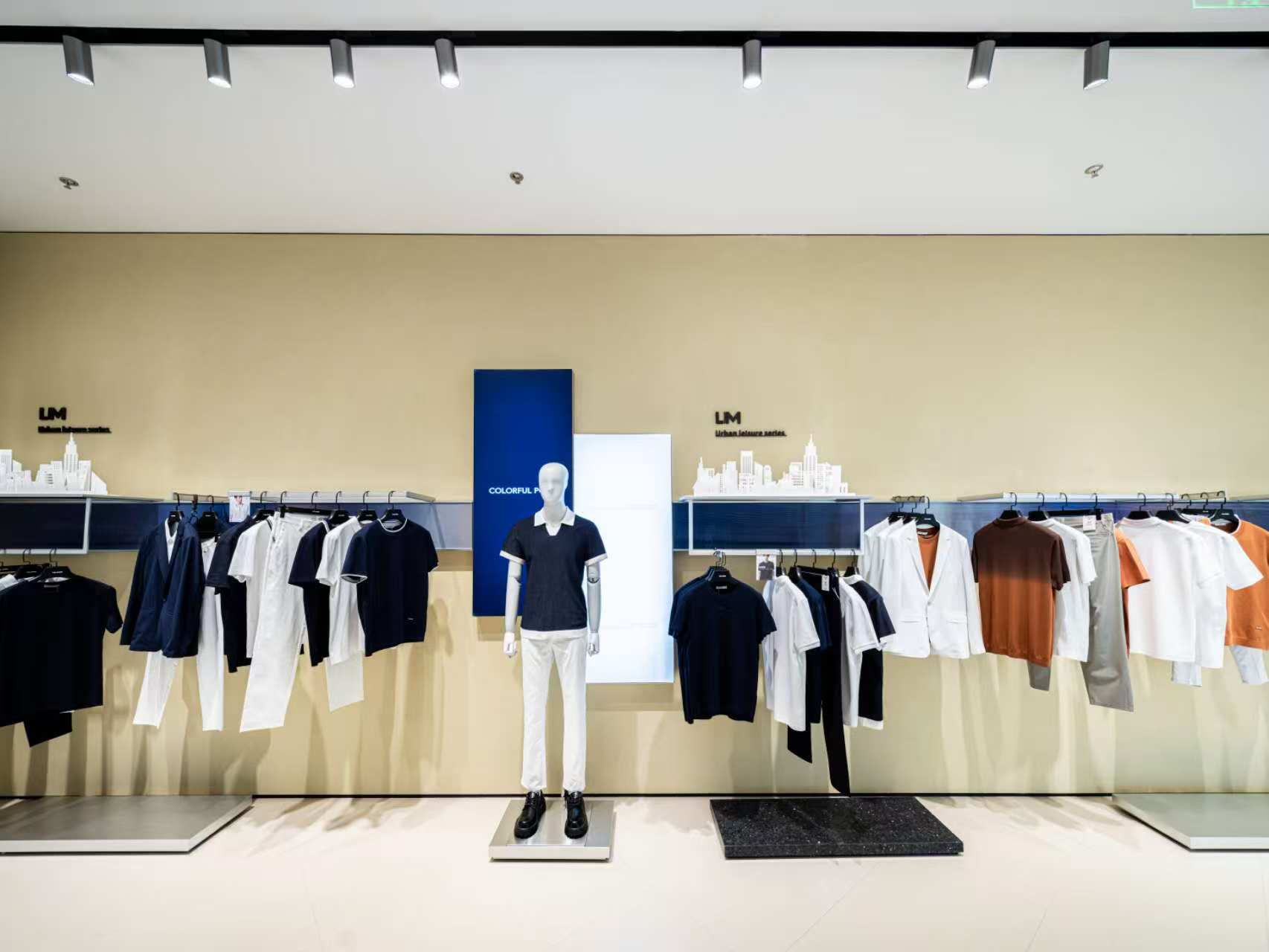
— Continued Growth in Shopping Mall and Outlet Stores
As the group’s most important sales channel, its store network continues to be optimized.
In the first half of 2025, the total number of stores increased by a net 1 to 2,774, with total retail space rising 1.8% compared with the end of 2024. Within this, shopping malls and outlet stores continued to expand, reaching 957 (end of 2024: 933) and 121 (end of 2024: 103) respectively, further improving channel quality.
As of June 30, 2025, the main line operated 2,443 stores, with a net closure of 8. Of these, 273 were run under the DTC model (end of 2024: 203), accounting for 9.8% of the total store network. Their combined floor area reached 42,588 square meters, up 33.0% from year-end.
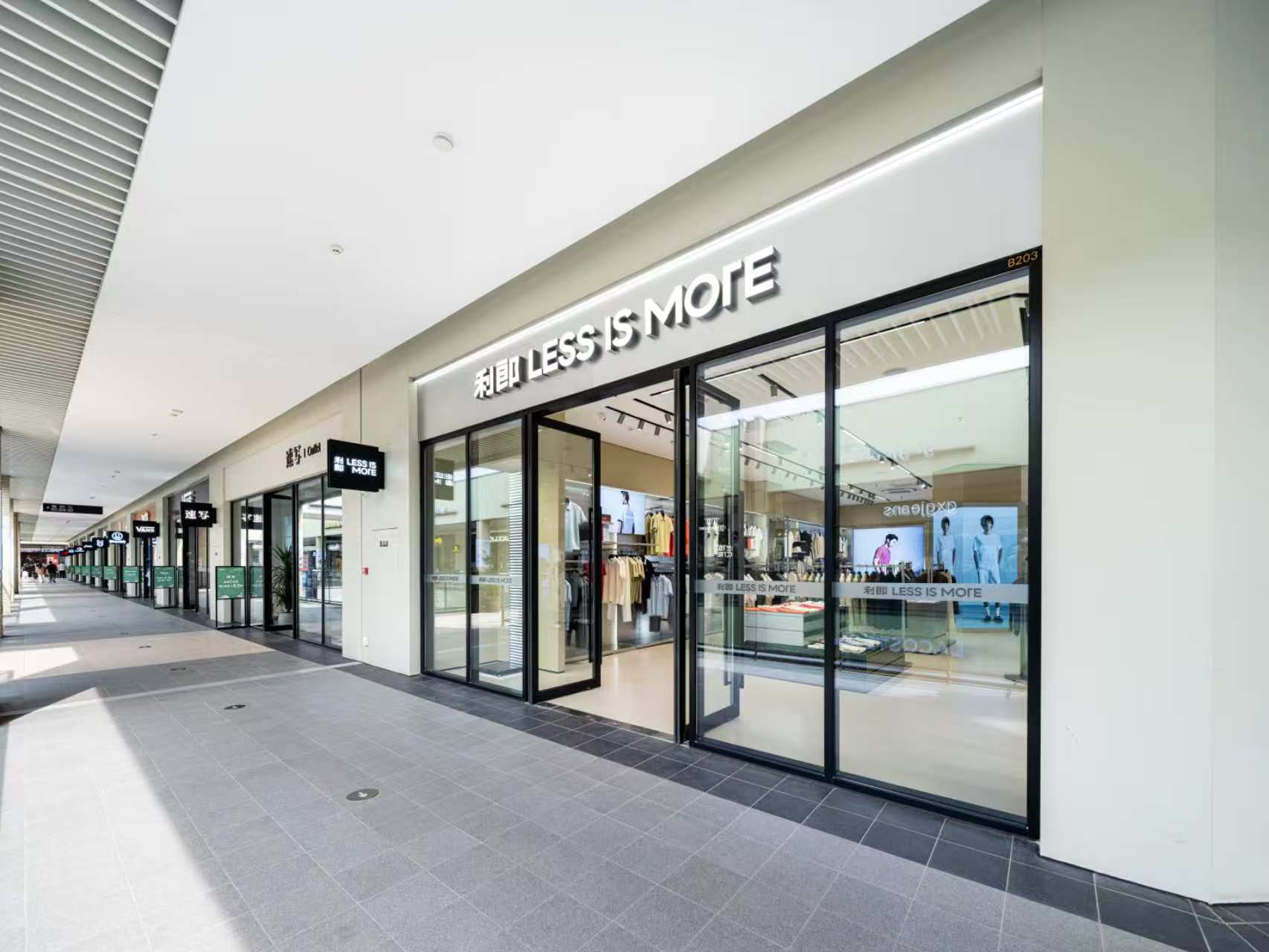
Driving Growth through New Retail and Product Innovation
Facing increasingly diverse consumer needs, Lilanz continues to view the expansion of new retail and the strengthening of product capabilities as its twin growth engines.
In the first half of 2025, new retail delivered an impressive performance, with revenue rising 24.6% year-on-year, far outpacing overall group growth. This was driven by the strategic upgrade of e-commerce from a channel for inventory clearance to the primary platform for new product launches. At the same time, the group expanded into multiple online platforms, including Douyin, Pinduoduo, WeChat Video Accounts, and Dewu, while strengthening its content-driven commerce presence through Xiaohongshu and Weibo to deepen emotional engagement with younger consumers.

Meanwhile, Lilanz has continued to pursue breakthroughs in fabrics, craftsmanship, and technology to enhance its core brand competitiveness. In the first half, it gained multiple recognitions for innovations in wrinkle resistance, quick-drying, and durability, applying them across various new products:
-
Its “Water-Repellent Down 3.0” products earned certification from the World Record Certification Agency (WRCA) and won seven international awards, including the MUSE Design Awards Gold in the United States.
-
Its first-of-its-kind “Extra Long-Lasting White Non-Iron Shirt,” developed with patented long-lasting whiteness technology and high-density long-staple cotton fabric, received WRCA certification as the “world’s most outstanding long-lasting white non-iron shirt.”
-
Its “Chengqi” capsule collection, co-designed with avant-garde designer Chen Peng, and its Spring/Summer collaboration with independent designer brand PRONOUNCE both generated a strong market response.
As of June 30, 2025, the group had 377 R&D personnel, accounting for 7.3% of its total employees.

Outlook
Looking ahead to the second half of 2025, Lilanz noted that despite continued external challenges, government policies to stimulate consumption are already showing results, supporting a cautiously optimistic retail outlook.
The group will continue deepening its transformation, fully leveraging the advantages of its channel reform. For the full year 2025, Lilanz has set clear growth targets: overall sales growth of no less than 10%; a net increase of 50 to 100 stores; new retail revenue growth of 20% or more; and raising the proportion of new product sales to 80% of total e-commerce revenue.
With the further advancement of the DTC model, international expansion, and the growing contribution of new brands, Lilanz is reinforcing its competitive moat through a series of solid strategic investments, aiming to create greater long-term value for shareholders, employees, and customers alike.

| Source: China Lilang Interim Report
| Image Credit: Courtesy of China Lilang
| Editor: LeZhi


